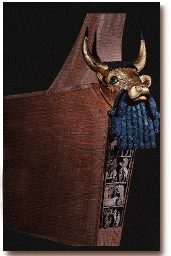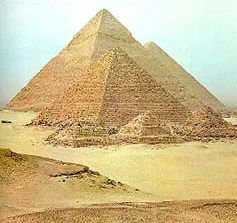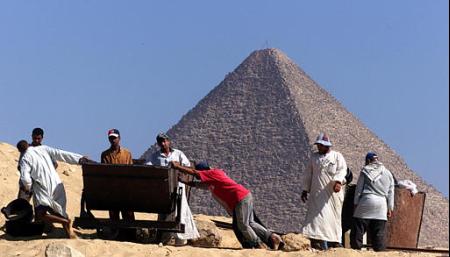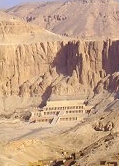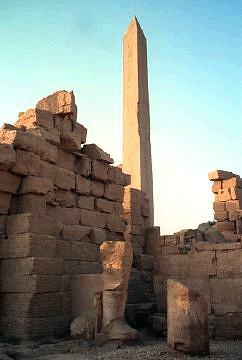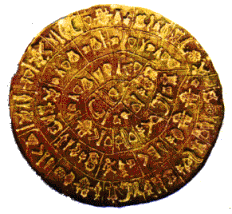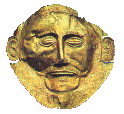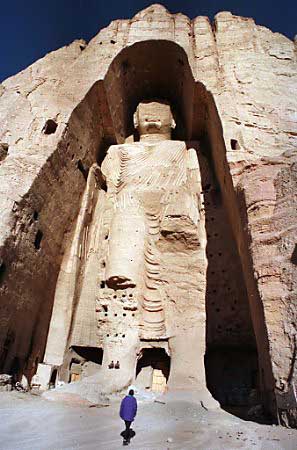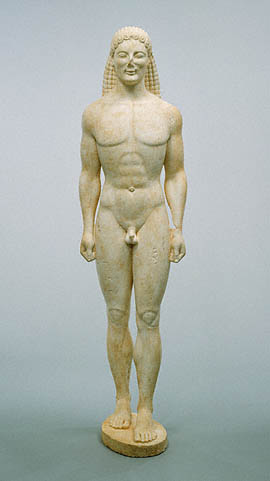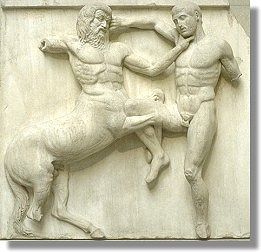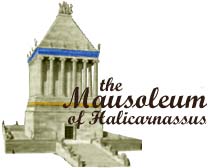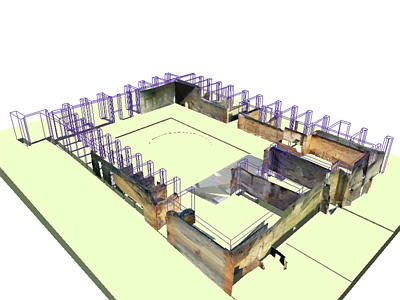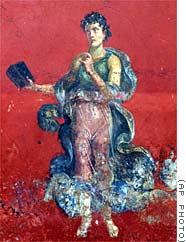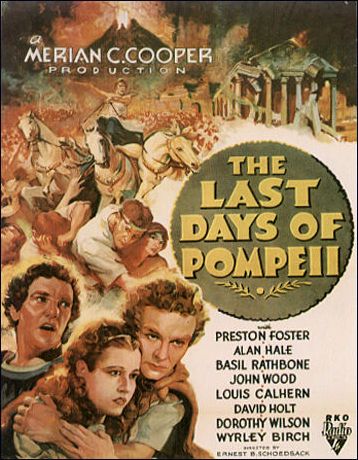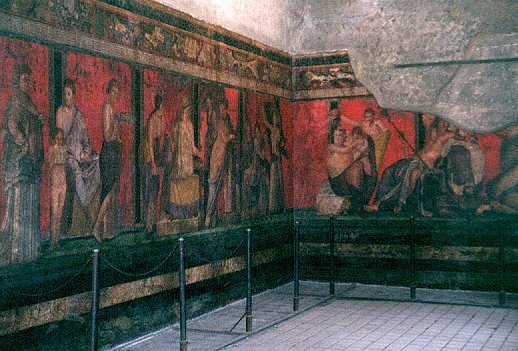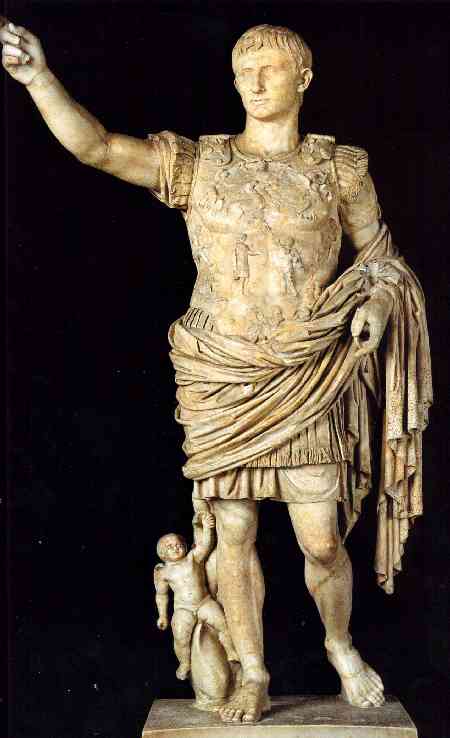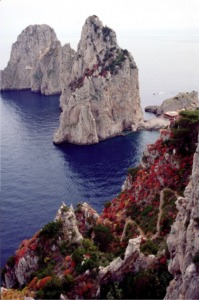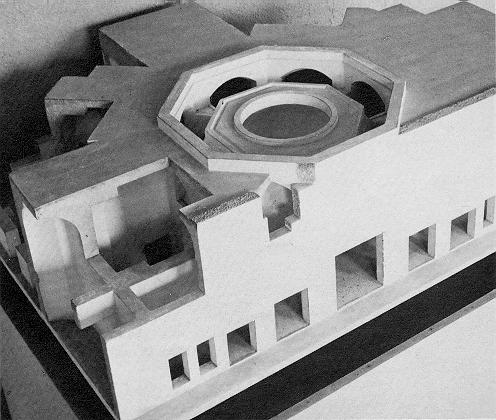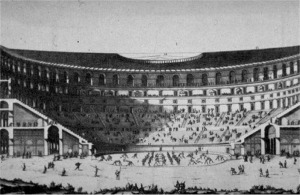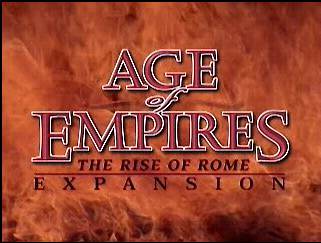Previous Links
![]()
The Caves of Lascaux - This is a wonderful and informative site put together by the characteristically technophilic French government with absolutely no expense spared. The fun flashlight effect at the start is just the beginning... The site explains everything from the story of the discovery of the caves in 1940 to their necessary closing in 1963.
Mysteries of Çatalhöyük (aka Chatal Huyuk) - Here's another funky site (they use a slick and retro comic book theme) covering the renewed excavations at this famous early Neolithic site in Turkey that may be the world's oldest city. You can learn about the latest discoveries via dozens of sub-pages. If you have QuickTime VR, you can stroll about the site, too. There is also the (mostly text only) official site for the current excavations of the Cambridge University team.
Why not go straight to the source for information on Stonehenge? Here's a link to stonehenge.co.uk, the official site maintained by the British government that does its best to unravel the mysteries of this famous Neolithic site.
"Treasures from the Royal Tombs of Ur" Traveling Exhibit - This is the University of Pennsylvania's page on the Sumerian Treasures that stopped last year at the Cleveland Museum of Art.
For those with a lot of time on their hands and a curiosity about what might have caused a Babylonian to lose his/her hand (or worse!), the complete text of the famous Law Code of Hammurabi is available here online...all 282 laws (in English, not cuneiform).
Write in Cuneiform! - Forget all those years in grad school studying the intricacies ancient alphabets in dusty libraries....just type in your name and see it (well, your initials, at least) appear as virtual reality Babylonian-era cuneiform on a virtual reality piece of clay. Not to be outdone, the Egyptians are also represented at this same University of Pennsylvania site with this Write Your Name in Hieroglyphs page.
Here's more information on the legendary Rosetta Stone from the website of its current home, the British Museum in London. It's been in Europe for two centuries now, but the Egyptian government is eager to discuss a different future for it.
PBS's Nova Online -- "Pyramids: The Inside Story" - This fun site accompanies the Nova special on the pyramids and allows you to interactively explore each pyramid at your own pace. You can also take a crack at deciphering some hieroglyphs.
The Giza site is far from done as far as excavations go. As mentioned in class, a 4th Dynasty sarcophagus was found there this month, and it is still sealed. Much, much older than the sarcophagus of King Tut, it probably belongs to an official in charge of the spectacular work force at this site during the age of the great Pyramids.
Egyptian officials are very aware of the lack of space and the age of the display cases in the famed Egyptian Museum in Cairo, and there are plans to build a colossal modern museum to house all of this near the pyramids, to be called The Grand Egyptian Museum. The jury process for deciding a proper design is in its first phase, as you can see on this official website.
The Theban Mapping Project - Dr. Kent Weeks' excellent site, and getting better all the time. It is packed with detailed information on just about everything of interest on the West Bank of the Nile at Thebes, and also has funky new QuickTime VR stuff. Et il y a maintenant une version en français! Weeks is the fellow that recently discovered the extensive Tomb of the Sons of Ramesses II (also known as KV5), which is has its own section at this site.
Check out the Seven Wonders of the Ancient World for an exhaustive tour of all seven sites, or what's left of them.
The PBS Nova folks also have an informative and entertaining site on Egyptian Obelisks, complete with a Shockwave game in which you can try to raise your little virtual obelisk. You may remember that they had a Nova show several years ago in which a team of modern experts and laborers tried to carve and erect an obelisk without success. Well, they're at it again, and it looks like they did it this time, although we'll have to wait for the next installment for the full story.
The Phaistos Disk - See if you can help these scholars crack the code of this mysterious Minoan object.
Click on this image to see a larger version of this hypothetical reconstruction of the Palace of Minos at Knossos in its heyday.
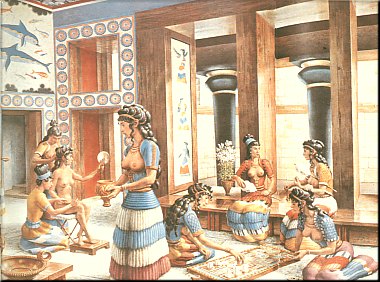
Here's a very imaginative 1950s illustration of what the Queen's Chamber of the Minoan Palace of Knossos might have looked like. This is quite an odd picture, especially considering that the Snake Goddess figurines upon which these ladies are obviously based were never found at the Minoan palaces but rather in smaller residences. Like so many other hypothetical modern reconstructions, it tells us much more about the desires of the 20th century men who did these illustrations than anything else. Note Evans' misplaced Blue Dolphin fresco at the upper left, too.
Read more on how dendrochronology (dating by counting the rings of living trees) is being used to suggest very exact dates for ancient sites.
Here's another image that's better than any that Stokstad currently has--a hypothetical reconstruction of a Mycenaean megaron, complete with all of those brightly painted details (click to enlarge).
The National Archaeological Museum of Athens is the current home of many of the objects that we have studied in Chapters Four and Five, although the bulk of the familiar ones are in the Prehistoric section (Cycladic, Minoan, Mycenaean).
World Monuments Fund - The new list for the 100 Most Endangered Sites (actually 101 this year with the addition of Historic Lower Manhattan) is another unfortunate reminder that many of the sites covered in this class (especially the Valley of the Kings at Thebes, the Minoan Site of Palaikastro, and the French Gothic Cathedral at Beauvais) are in serious peril due to neglect, poor funding, environmental problems, and general lack of awareness. Their biggest campaign recently was to save the famous colossal rock-cut Buddhist statues in Afghanistan in early 2001, but, despite worldwide outcry, the Taliban government destroyed them anyway in the most egregious example of iconoclasm in recent memory. Happily, there is talk of rebuilding them now that the Taliban is gone.
